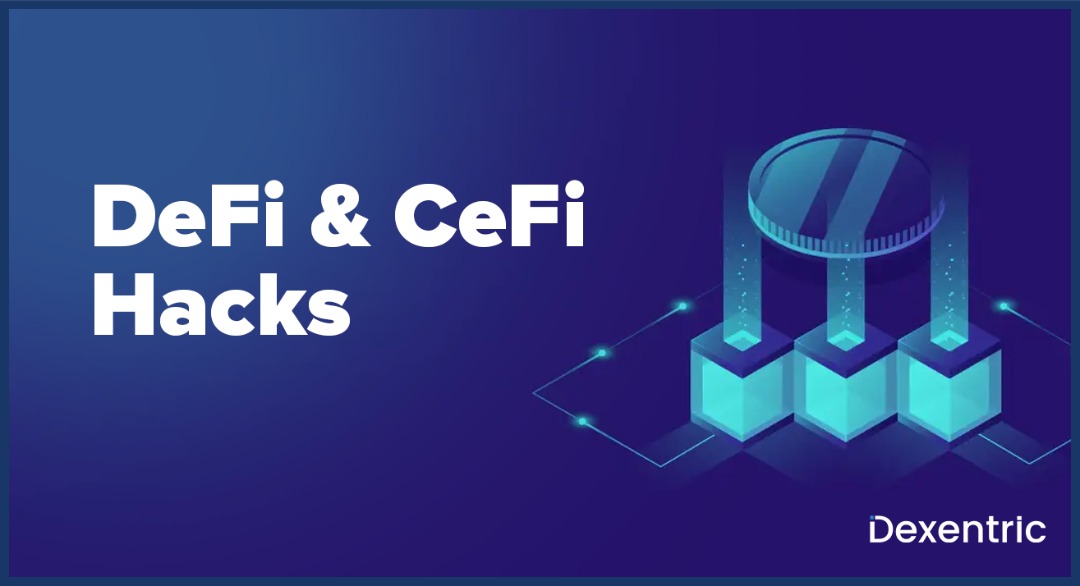The Yap Island is a tiny cluster of islands that are a part of Micronesia and have a unique stone currency called the Rai. The stones range in size from 3.5 centimeters to up to 4 meters in diameter, yet some are as small as 3.5 centimeters. The stones are mined and transported from other islands, such as Palau, which is 450 kilometers away. These coins were transported to Yap Island for centuries on sail-powered rafts, where they were unloaded and placed at a site where they would typically remain forever.
You might be wondering how the islanders carry out transactions with such large stone currencies. How are they valued? How are the owners of each coin known?
The Rai Stone coins are intriguing since they essentially predicted how the blockchain works. Similar questions can and have been asked about how cryptocurrency functions. How can you trade something like a bitcoin which doesn’t exist? Without a central bank regulating the flow of money, how is a blockchain-based coin valued and how can you tell who the owner of a coin is? We can better comprehend the blockchain currency concept by looking at the Yapese currency. Assuming Taiwo from Yap wants a 3-meter coin, The coin must first be mined.
Think about how difficult it is. Workers must be hired and transported by boat to an island located 450 kilometers distant. The resulting stone must then be cut into the distinctive doughnut shape after calcite has been mined. The last “coin” must then be carried into a vessel and sailed across the dangerous Pacific Ocean back to shore. The islanders’ perception of the coin’s value is based on the labor and high cost required to mine it. The difficulty increases with coin size, hence value increases proportionally.
One of the most famous questions asked about cryptocurrencies is where they come from. There isn’t an easy answer to that. Then it comes from thin air out of nowhere, but that is not an absolute answer. Those that have a high-level understanding of cryptocurrency understand that they are being mined. Computers with high computational resources have to work to solve mathematically hard problems, and when the problems are solved, the miners are rewarded with new coins. Just like mining the Yap currency, work must be done, which carries a real cost. Despite not hiring a ship and sailing across oceans, Bitcoin miners, for instance, must pay real money for pricey, specialized, bespoke application-specific integrated circuits (ASICs) that can perform trillions of computations per second.
Then they must spend money on supplying a considerable amount of electricity to run the computers and maintain their temperature. Like their stone counterparts, cryptocurrency coins are difficult and expensive to mine, which gives them a perceived and accepted value because of their scarcity and the fact that Bitcoin will eventually “mine out,” meaning that all coins have been mined and no more can be made.
What is the Yapese currency exchange system?
The Yapese employ a very basic but efficient version of what we would now refer to as a distributed ledger because the majority of their coins are too large to move. For example, suppose there was a villager named Taiwo. Taiwo’s coin would be deposited on a roadway or in some conspicuous location when it arrived by boat from Palau. Because everyone would have heard this information and added it to their mental list that also contained the other huge coins on the island, all the villagers would be aware that the coin “on the walk by the shore” belonged to Taiwo. If Ade wanted to sell Taiwo some land, they would agree to exchange a coin for the land, and then they would inform the rest of the people that Ade now owned the coin “on the route by the shore.” The likelihood of fraud is drastically decreased when there is no single individual in charge of maintaining a record or ledger.
The vast majority of locals might not believe a pretender named Michael if he claimed ownership of the coin “on the way near the shore” because they were all aware of its ownership. Surprisingly, a cryptocurrency built on blockchain functions quite similarly. A record of the transaction is broadcast to each node of the currency whenever you want to pay for products or services. This indicates that there are thousands of records of the transaction worldwide, not just one. In a sense, you are announcing, “Hello, Ade now owns the coin you can find at this address.” Several ledgers all across the world can dispute if someone else tries to claim possession of a coin, preventing fraud. It was reported that a coin being transported to Yap was lost overboard in a storm. Nonetheless, the owner was given credit for it since everyone in the town was aware of the incident, and even though no one had ever seen it, it was still known as “the coin in the bay.” This demonstrates that a coin can be recognized as an actual, tradeable currency without having a physical representation. Although a cryptocurrency coin, such as a bitcoin or Ethereum coin, never has a physical representation, its value can be traded because all of the currency’s users believe in its existence and acknowledge the labor that went into its creation.




